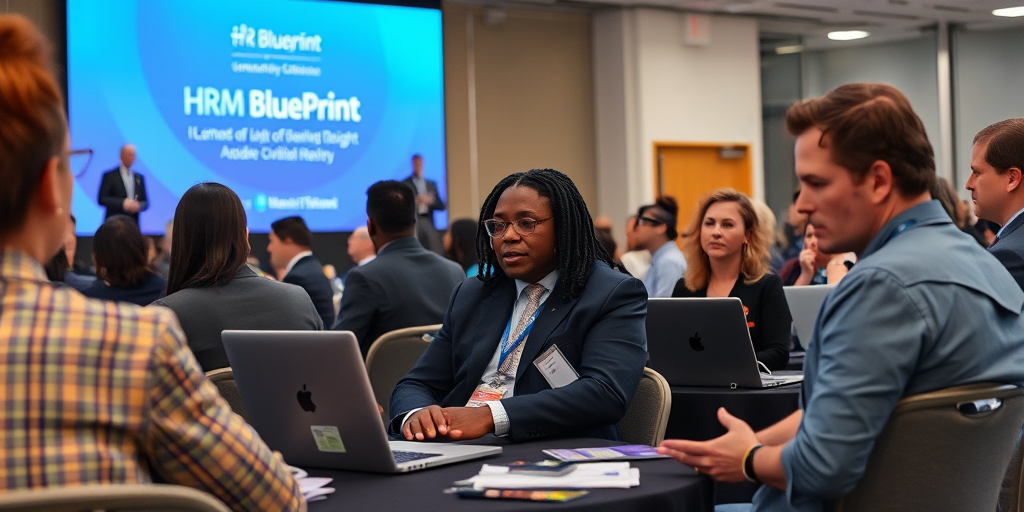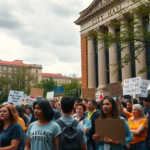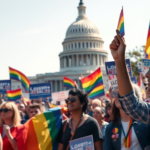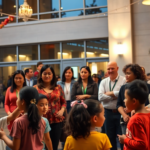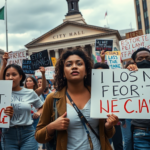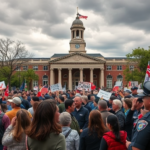‘Bring Back Civility’: Diversity of Thought Takes Center Stage at SHRM Blueprint
The Society for Human Resource Management (SHRM) Blueprint event recently shone a spotlight on the critical theme of fostering diversity of thought within workplaces. With SHRM President Johnny C. Taylor Jr. at the helm, the event featured a panel discussion with controversial yet influential figures Van Jones and Robby Starbuck, focusing on the imperative need to embrace real diversity beyond traditional comfort zones.
Encouraging Civil Discourse Amid Polarization
At the heart of the panel moderated by Johnny C. Taylor Jr., was a call to counteract the growing ideological polarization in today’s society. Taylor emphatically urged the return of civility in discussions, expressing deep concern over societal divisions that categorize differing opinions as adversarial. Referencing Ezra Klein, Taylor highlighted the vitality of engaging with diverse viewpoints to sustain a robust political climate and thriving work environments.
Van Jones, a CNN commentator, and Robby Starbuck, a filmmaker and prominent conservative voice, joined the dialogue despite apprehensions of a potential backlash. Their presence underlined a shared commitment to advancing open communication surrounding diversity, equity, and inclusion (DEI) issues — conversations that resonate deeply with both SHRM’s mission and the wider community.
Recognizing HR’s Role in Diversifying Talent Pools
Jones, during the discussion, applauded human resource professionals for their pivotal role in expanding talent pools and striving to mitigate biases that restrict workplace opportunities. He acknowledged the challenges faced by HR specialists who are often criticized yet continue to champion inclusivity. “There are people in this room who see good people passed over every day for opportunities… and you spend a long time trying to figure out how to make that talent pool bigger,” Jones stated, highlighting the tireless work of HR practitioners to level the playing field.
Embracing Diversity in Corporate America
The event’s open Q&A session provided a platform for attendees to delve into the complexities surrounding DEI in corporate settings. Despite initial hesitations from SHRM’s leadership about including an audience interaction component, the discussions remained civil, underscoring Taylor’s emphasis on the importance of open dialogue — even when opinions diverged.
This unfiltered forum was lauded as an opportunity for enriched understanding and collective growth, aligning with SHRM’s ongoing initiatives to promote civil discourse. Taylor stated, “It’s time to walk the talk and genuinely embrace real diversity — not just the diversity we’re comfortable with.”
Local Impact: Fostering Community Engagement
For professionals and residents in the local community, the discourse at SHRM Blueprint is particularly relevant. The Rio Grande Valley, known for its rich tapestry of cultures, stands to benefit significantly from the principles of inclusion discussed at the event. By advocating for diverse perspectives in the workplace, local businesses can enhance innovation, creativity, and productivity, all of which foster community growth and integration.
For Linda Morales, a local HR manager, the event was timely. “Our community thrives on diversity. Bringing such conversations to the forefront encourages more inclusive practices that can drive positive change across various sectors,” she said. Morales also stressed the relevance of these discussions to ongoing local efforts aimed at bridging gaps in understanding among residents of differing backgrounds.
Future Implications and Resources
Looking ahead, SHRM’s commitment to fostering civil discourse and diversity of thought is expected to continue shaping corporate strategies and public policies, with ripple effects reaching local communities. This approach could potentially influence broader legislative frameworks and organizational policies on inclusion and equity in the Rio Grande Valley and beyond.
For community members seeking to engage further, resources and support are available through local SHRM chapters, which offer educational programs and discussions aimed at enhancing DEI initiatives in workplaces. The SHRM Blueprint event serves as a beacon of possibility, showcasing the benefits of dialogue and collaboration in addressing the most pressing social challenges.
Conclusion
In an era where polarization threatens unity, the SHRM Blueprint event stands as a testament to the power of inclusive dialogue. Through its emphasis on civil discourse and diversity of thought, SHRM is not only steering conversations but galvanizing a broader movement towards a more inclusive and harmonious society. As SHRM President Taylor aptly stated, embracing real diversity requires stepping out of comfort zones and engaging with differing perspectives — a practice that could very well define the future pathways of both workplaces and communities alike.

